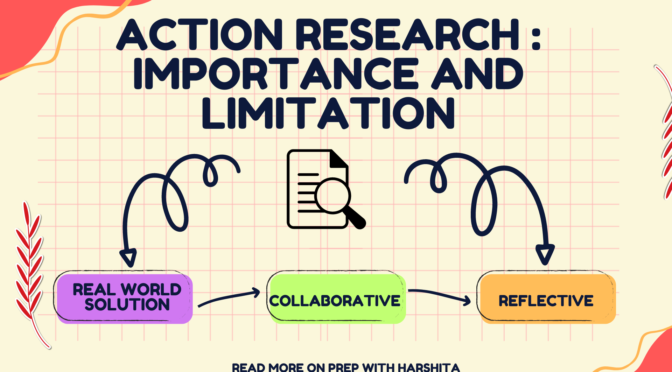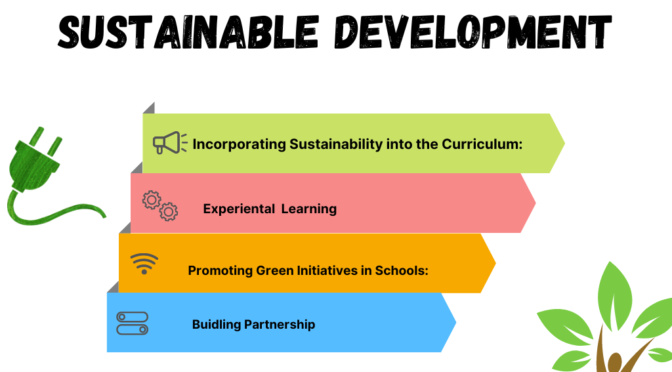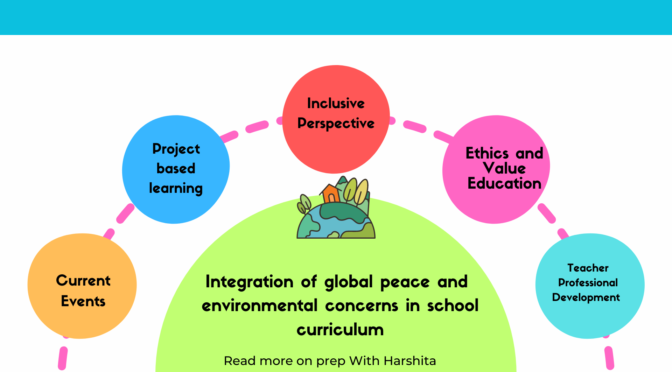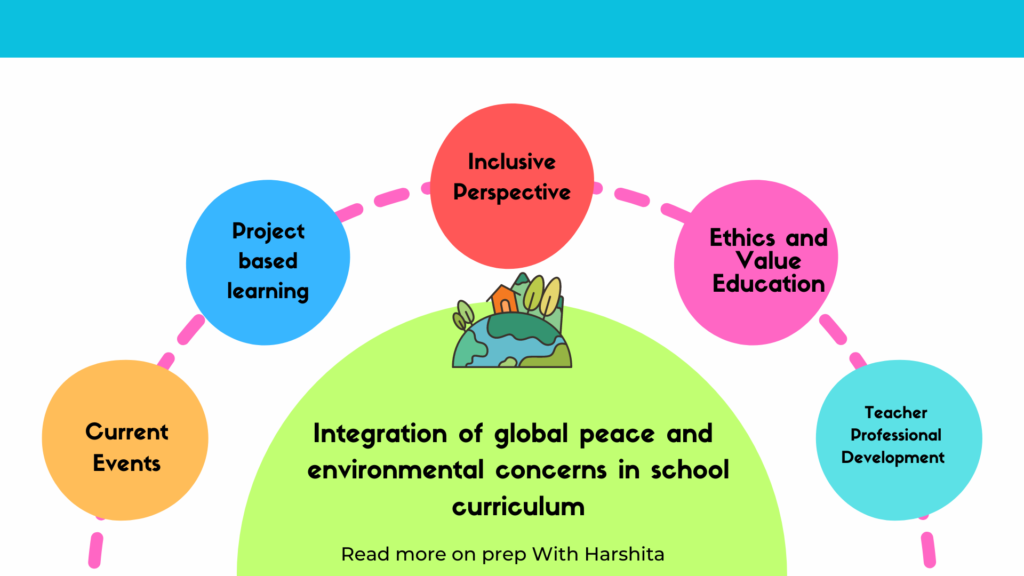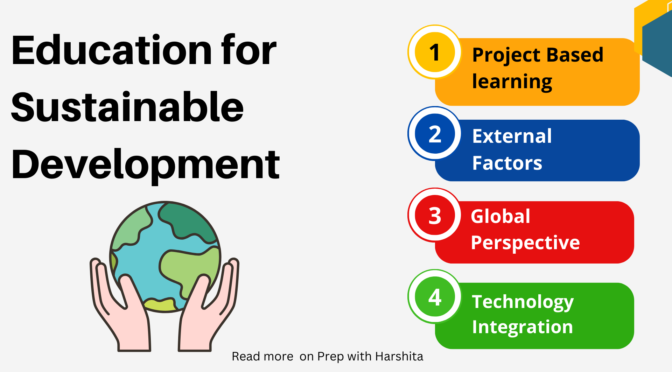Action research is a unique approach that combines taking action with research to address real-world problems. It’s a cyclical process of planning, implementing, reflecting, and refining solutions within a specific context.
It involves collaboration between researchers and practitioners to address practical issues or challenges within a specific context, typically within a workplace or community setting. It aims to improve practices, policies, or conditions through cycles of reflection, planning, action, and evaluation.
Importance of Action Research:
- Action-oriented: It directly tackles real-world issues, making it highly relevant to practitioners in education, healthcare, social work, and other fields.
- Collaborative: It often involves collaboration between researchers and stakeholders, leading to solutions that are more likely to be accepted and implemented.
- Reflective: The emphasis on reflection throughout the process allows for continuous learning and improvement.
- Context-specific: Solutions are tailored to the specific needs and challenges of a particular situation.
- Research-Practice Integration: It bridges the gap between theory and practice by integrating research activities with practical applications, resulting in actionable insights.
- Empowerment: It empowers practitioners by involving them directly in the research process, giving them a voice in identifying and addressing issues relevant to their context.
Also Visit : Prep with Harshita

